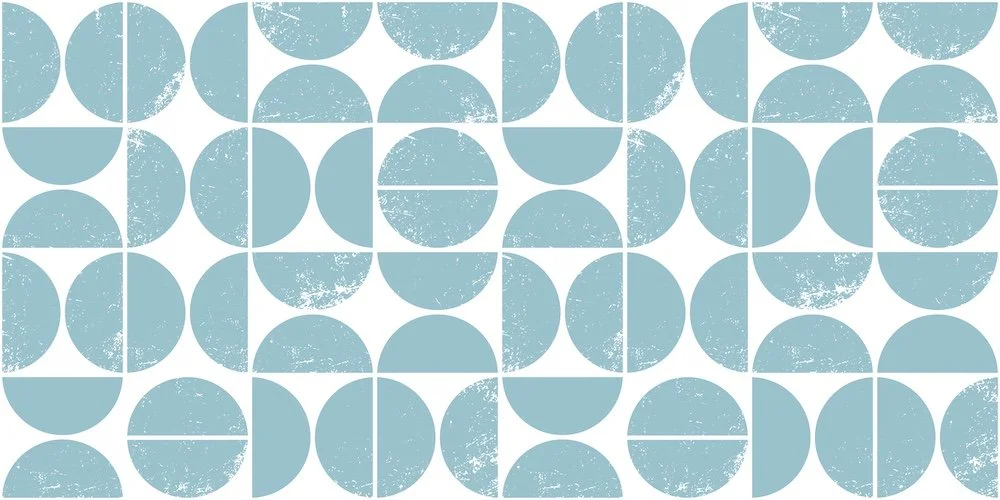WHILE WE ARE KEEPING SOCIAL DISTANCE AND HAVE A LOT OF TIME ON OUR HANDS, LET’S DO SOME CONFLICT RESOLUTION…
WEDNESDAY SKILLS - ANALYZING CONFLICT
Add this tool to your toolbox
Use a conflict analysis checklist to understand a conflict
Analyze Conflict
Like any area of study, conflict can be analyzed. In the case of the do-it-yourself conflict analysis model, it comes in the form of a checklist. Each bullet point is an area to think about, gather related data and consider ideas beyond your first impression.
When you are thinking about the different ideas on the conflict analysis checklist, take some uninterrupted time to think a bit more deeply than usual. For some, writing ideas out can help. For others, drawing what they come up with is another way. Some people thrive on verbalizing--record your ideas into your phone or recorder.
Pick a conflict that really has you stumped. Use the conflict analysis checklist and work your way through it. Put it aside for a day. Pull it out a day or more later and think about any new ideas. One really interesting process is to do this before bed. The sleep on it lore has real merit. Your brain keeps functioning during sleep and you might wake with a new perspective on a problem.
Conflict Analysis checklist
Step One. Begin by figuring out what happened.
What is the story?
What is the backstory?
Where are things now?
Step Two. Try to remove your initial bias, judgements or assumptions.
Open up to the possibility that your first reaction might be entirely wrong.
Are you biased? Toward or against what?
Have you already made a judgment? Can you put your judgement aside?
What are your assumptions? Can you put your assumption aside?
Step Three. Define the conflict topics
The conflict is about...
Step Four. Find the conflict trigger
What was the the conflict trigger, the moment when you knew this was a conflict that matters to you?
Step Five: Figure out each person's goals
My goals in this conflict are...
The other person's goals in this conflict are...
Step Six: Look at the conflict through three lenses.
This conflict is related to my needs in the following way...
This conflict is related to my values in the following way...
This conflict is related to my self-identity in the following way...
Step Seven. Consider the power relationship
My power base in this conflict comes from...
My lack of power in this conflict is related to...
Power for the other person is connected to...
Step Eight. My conflict theory about why this conflict is happening
I think this conflict is happening because…
What do you know now?
That's it
Wait that's it? After I answer all these questions and think about all these aspects of conflict, what's the answer? That's what analysis helps with, thinking about your own approach and opening new ways of looking at a conflict that has stumped you. The above concepts are components of each important conflict. By going through the checklist, the idea is to see new ways of handling conflict. In the process you are able to open up to creative possibilities and new ways of going forward.
Conflict Coaching services
Martha's Vineyard Mediation and many other community mediation programs have Conflict Coaching available for those who want help in analyzing conflict. In our CLAMSHELL model we work 1:1 with clients over the course of two one-hour sessions, to work through the process of analyzing a particular conflict scenario. The goal is for the client to leave with a clear and self-determined plan to improve their approach to conflict. If you would benefit from working with a Conflict Coach, reach out to schedule an appointment, or to ask questions.
Do this:
There are lots of ways to analyze conflict, try some other approaches Conflict analysis approaches Its a pretty long article but if you page through there are few fun exercises.
Really interesting TED talk about conflict resolution--engaging conflict intentionally. This talk is a real treat, give it 10 minutes, you'll enjoy Robin Funsten's presentation.
Build your relationship with the person with whom you have conflict. You're stuck at home together, why not? Pick a conflict and go through the checklist independently and then share your responses.
























